Why Pradeep Kar likes to be quiet about Microland being a $1B company
The company is going after the $165-billion remote IT infrastructure management, and here is how it is steering forward.
Pradeep Kar, the Chairman of Bangalore-headquartered Microland Limited, is still the same man who practically started India's startup boom in the nineties. Although he carries the tag of senior statesman of the Indian IT industry, the humdrum of age has not caught up with him. He is, as this story goes live, organising the launch of a book on the Beer Drinkers Association of Information and Technology (BAIT) at a city pub. The BAIT was popular between 1999-2000 for getting CEOs together in Bangalore's many pubs to discuss the future of the industry. These early conversations played their part in taking the Indian IT industry where it is today: it exported software and services worth more than $100 billion in 2016.
But more than these conversations, it was the sheer need to succeed that made Pradeep and the Indian IT industry global names. Also, the timing was right for these businesses to succeed; outsourcing of IT services from developed countries went on to change the fortunes of an entire generation of knowledge workers from India.
At the Microland headquarters, while waiting for Pradeep, this writer flips through the pages of a coffee table book that captures the company's journey from its humble beginnings as a computer reseller to an IT infrastructure management company. On arriving, as soon as he begins talking about the 28-year journey of building a large IT company that has pivoted its business at least four times, he picks up a newspaper and says, “The papers say we are a billion-dollar company,” dismissing it with a laugh.
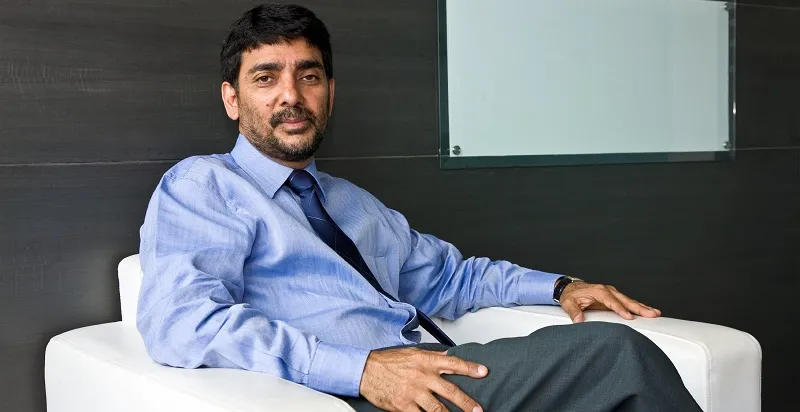
Settling down, he talks about the past and how this journey has transformed Microland into a large IT services company. On a standalone basis, the company’s 2015-16 revenues were around $100 million. But on a consolidated basis, figures for which are not available, it is anybody’s guess how big Microland really is — Pradeep, for one, isn’t giving us any hints.
Incidentally, Pradeep along with Sridhar Vembu, of Zoho Corp, are a few individuals who kept their companies private. Both have something in common, they want to have freedom from reporting, which is what happens when you are a listed entity. They believe it stifles innovation and quick decision making in favour of shareholders return.
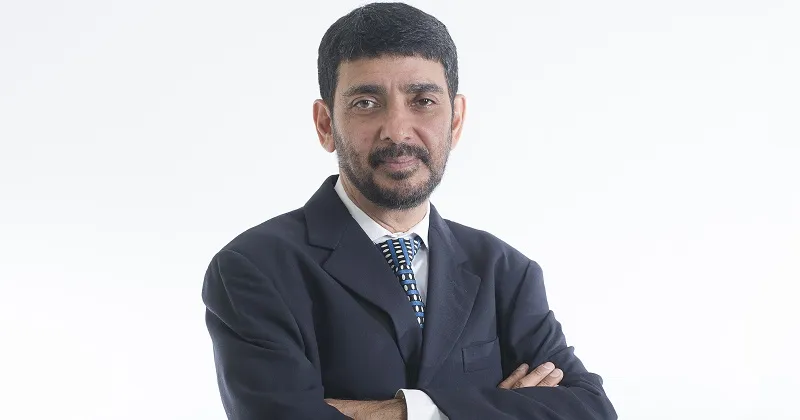
The early years
Pradeep tried his hand at engineering because he realised there was a future in computers. His initial interests, he says, lay in advertising though. He tells us how computers used to cost a couple of lakhs back then.
Starting out at Wipro in 1983, he later worked for a couple of years in a computer retail store before relocating to the US to run Sonata Software for three years. He came back to India in 1989 to set up Microland, which started building computer networks. Pradeep, who was just 30 at the time, raised Rs 25 lakh in his first VC round from SBI Capital Markets, and they created a plan to build a Rs 30-crore company in five to six years. They also became American computer and server manufacturer Compaq’s distributor in 1992 and signed up with Cisco too.
YourStory has heard that Pradeep won the deal with Cisco in a very unconventional manner. The story goes that when a senior manager of Cisco told Pradeep that they would rather sign a business deal with a larger company, Pradeep said, “I don’t see them waiting for you outside.” The manager was impressed and signed a deal with Microland to build computer networks for Indian companies. By the end of 1997, the company had achieved a turnover of Rs 180 crore.
“But by 1998, we had to pivot our business to the internet economy because we did not want to play the role of a middleman or implementer in the industry, which was seeing lower margins,” says Pradeep. The decision proved to be a good one for Microland because the margins went on to drop to under three percent for the hardware sales business.
He started a slew of internet companies, one of them being PlanetAsia.com, a professional services venture to build websites for companies. Then came portals called ITspace.com, Media2India.com, and Indya.com in 1999. However, Microland, which got into consumer internet services suddenly, had to face the collapse of the global internet bubble in 2001. According to Pradeep, three things that changed that year: telecom deregulation brought prices down; the Y2K story became big for Indian IT; and the BPO economy became big.
Microland realised that there were new businesses that were becoming big and that it had to up its game. It quickly sold three internet businesses and shut down another.
What did the company do? It did not follow the Y2K boom because it was dominated by a slew of IT services companies. Microland decided to take a bet on managing enterprise IT operations remotely. This proved to be a wise choice — it has been a serious business for a decade now, and is still growing at 30 percent year-on-year for Microland. Says Pradeep,
“I follow my gut and I take risks; the real risk is not taking risk. I also managed to raise money and I employ good people.”
The company today
What does the company do now? Simply put, it does IT infrastructure management, or management of the entire IT setup essential to deliver the whole gamut of IT services required by an enterprise. This includes datacentre infrastructure such as servers and storage, end-user infrastructure such as desktops and laptops, and network infrastructure such as communications equipment, routers, and switches.
Moreover, IT infrastructure management includes day-to-day administration, break-fix support, and proactive management such as handling availability, performance, and capacity, performed either on-site or from a remote location.
“Every IT business is going after the global CTO to extract value out of modern IT implementation,” says Sanchit Vir Gogia, CEO of Greyhound Research.
The proliferation of smartphones and tablets has led to benefits such as increased mobility and this is a business that Microland is after. But at the same time, these devices have added new challenges to enterprise IT. Mobility also introduces issues of security, which need to be addressed.
The advent of cloud technology has changed the paradigm of IT infrastructure management since most datacentre infrastructure is abstracted and resides at a cloud service provider’s datacenter. Enterprises are faced with a hybrid IT scenario with new issues such as integration with on-premises IT infrastructure, governance, and compliance. Enterprise IT also has to deal with newer aspects of IT infrastructure management like cloud platform management and DevOps. Says Pradeep,
“An interesting point to note is that with cloud technology, remote infrastructure management (RIMs) is the norm rather than a choice, since the infrastructure is no longer hosted in the customer’s datacenter.”
He adds that Microland's gamut of service capabilities range from datacentre and cloud to end-user computing, network, and security, as well as application management services. The company spends 8 percent of its revenues on R&D, as it believes the world of enterprises will be a hybrid IT world, where devices and platform will coexist.
The future
The company is going after automation in IT infrastructure management. It feels it brings effectiveness and efficiency in IT service delivery, ultimately leading to cost reduction. Robotic process automation (RPA), workflow automation, and orchestration are some of the new areas in IT automation. “Integration of various toolsets is the key to success in automation,” says Pradeep.
He substantiates this with an example. An insurance major with global operations was struggling to onboard new businesses within a short span of time, resulting in a significant amount of revenue loss.
“We realised that the primary requirement from the solution was not standardisation, but an agile and scalable setup to support the aggressive business expansion plans of the enterprise.”
As a result, Microland leveraged extensive automation to replace existing manual processes, leading to a drastic improvement in service provisioning, development, and release. Automating the process also led to “increased predictability” for the client.
The company is betting on co-created transformation, where enterprises are increasingly looking for service providers who can help them transform their IT setup from conceptualisation to the implementation and management stages. For example, a Fortune 10 conglomerate, with operations across the globe, had a highly fragmented technology and vendor portfolio, with a lack of meaningful standards or a robust technology adoption framework. Microland first standardised the entire tools portfolio, allowing for consistency and seamless onboarding and integration of new technologies. Next, a robust exercise was conducted with the client to create and automate various services workflows, with operations aligned to industry standards.
Its third bet is on industrialised service delivery, which is a large-scale technology deployment for enterprises. Implementation tasks are for the most part repetitive in nature as they have to be completed for each user in the enterprise. Hence, standardisation of the process and activities is important. Large-scale deployment of technology can be provisioned in an industrialised manner from any location, and this can be very cost-effective for end customers. Microland has worked with several Fortune 100 clients for technology refresh engagements using their robust factory-based build and deployment model.
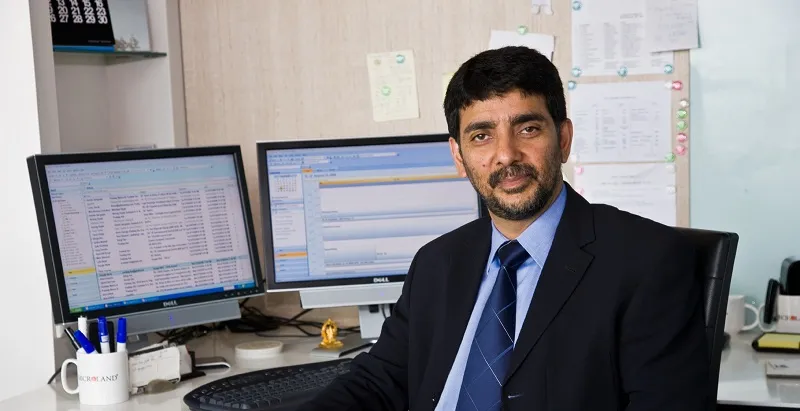
These are the three bets that lead media sources to claim that this is a billion-dollar enterprise. Still, Pradeep refuses to talk numbers. All he says is that the company employs more than 3,500 people.
“IoT is the future and anytime computing is big. The office and personal spaces have converged. This is modern IT, and Indian IT companies can develop new applications for these new platforms,” says Narayana Murthy, Chairman Emeritus of Infosys, on the sidelines of a press conference.
“Globally, IT infrastructure services are a $165 billion opportunity. Our revenues are spread evenly across datacenter and cloud, network and security, end user computing and application management services, which are the six technology practices under which our services are offered,” he adds.
Gartner Inc. predicts global IT spending to reach $3.5 trillion. So, for Microland, the market is here to stay. Pradeep lays emphasis on letting employees know where the organisation stands and calls them “brand ambassadors”. He may not have built a company that went public like an Infosys or Wipro, but he has certainly created a legacy, of being among the pioneers in the Indian IT and dotcom space. He has seen his company reinvent itself several times, and he believes failure is important.
But he also welcomes the startup era. “Startups’ area of work has expanded to new horizons, beyond what is traditionally considered ‘core IT engineering’,” he says, adding that the advent of new technologies and models has enabled startups to engineer better solutions for enterprises. For instance, startups are leveraging the SaaS model to grow rapidly, giving established incumbents a run for their money. “The sheer number of IoT and cloud-based startups bodes well for the future,” says Pradeep.
He believes that India has had too many consumer-based businesses. He says,
“While we constantly monitor the industry for exciting startups, many of them seem to be more consumer-centric companies and domestically focused. Our interest areas are around IoT, hyper-converged infrastructure, cloud management platforms to cloud application lifecycle management and DevOps.”
Pradeep Kar still remains an important figure in IT. While he is yet to create another masterstroke after Microland, he has transformed himself several times to understand what change means for himself and his organisation.






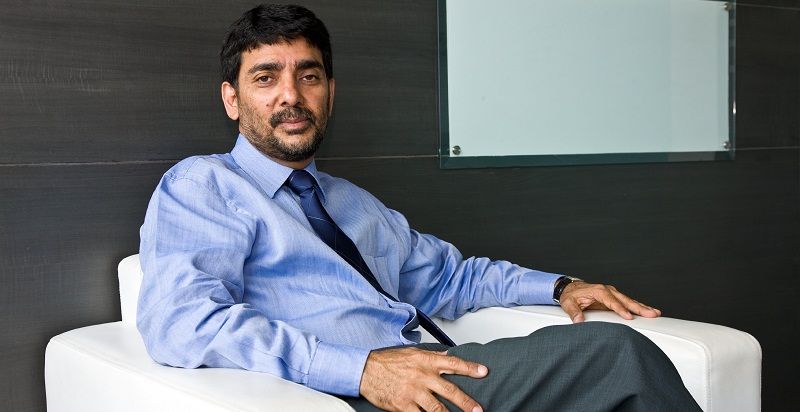
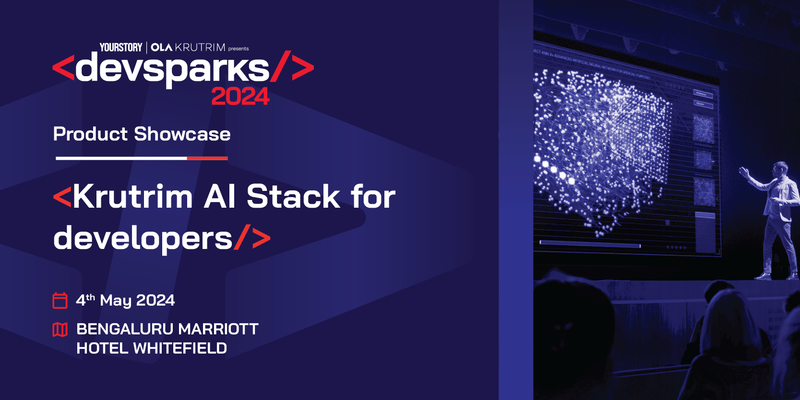


![[Startup Bharat] Y Combinator-backed BeWell Digital is enabling the digital transformation of radiologists](https://images.yourstory.com/cs/2/40d66ae0f37111eb854989d40ab39087/ImagesFrames31-1648033042143.png)
